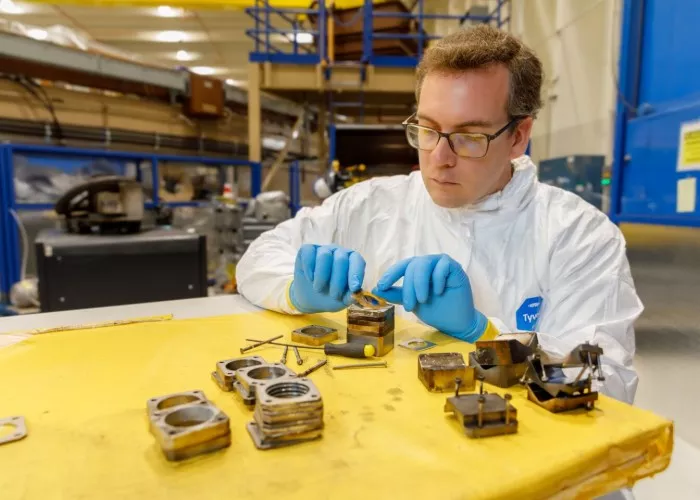According to new atlas, inspired by shells, scientists at Sandia National Laboratory have designed a new multifunctional material, which is very cheap, strong, lightweight and heat-resistant. The material can be used to shield spacecraft or fusion facilities**
Shells are notoriously hard, thanks to their unique structure of alternating layers of organic and inorganic materials. Layers of inorganic nanoparticles provide strength, while organic proteins "stick" them together, providing cushioning and preventing cracks from spreading between layers.
Scientists at Sandia National Laboratory imitated this structure to make their own materials. In this case, the organic layer consists of carbon black made of charred sugar, while the inorganic layer is silica. This simple sounding material is not only strong, but also very light. Each layer weighs only a few micrograms.
The research team measured that the hardness of the material exceeded 11 GPA and the elastic modulus was 120 GPa. It also showed extraordinary heat resistance. The researchers tested it at temperatures above 1150 ℃ and estimated that it should be able to withstand temperatures up to 1650 ℃.
Perhaps most importantly, from a practical point of view, the production cost of this new material is very low. According to the team, a 5-square-centimeter piece of material costs only 25 cents, compared with hundreds of dollars for a beryllium chip of similar size with the closest thermal and mechanical properties. The icing on the cake is that the manufacturing of this material is relatively environmentally friendly, and only ethanol needs to be added in the production process.
This intriguing combination of properties means that this new shell inspired material may be very useful in spacecraft shielding, able to withstand the heat emitted and prevent the impact of small debris. Keeping weight and cost to a minimum is also crucial for space launch, and this material can also help in these areas.
This material can also improve the shielding of reactors, such as Sandia's own z-pulse power supply facility, an experimental electromagnetic wave generator, where it can resist the invasion of heat, radiation and debris.

The study was published in Mrs 》In the magazine.
